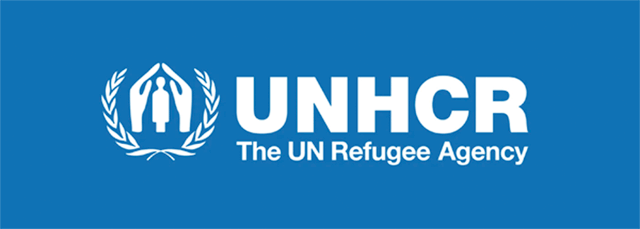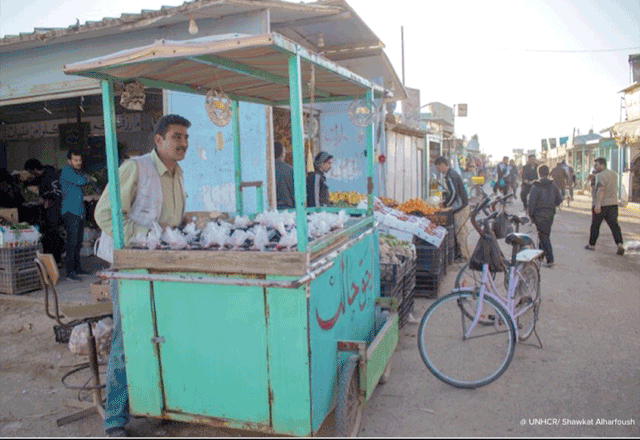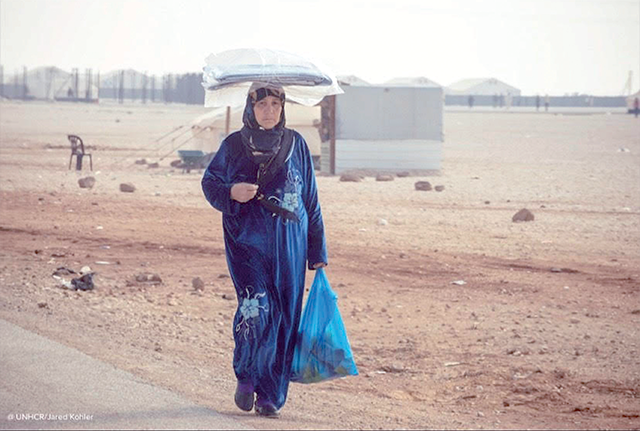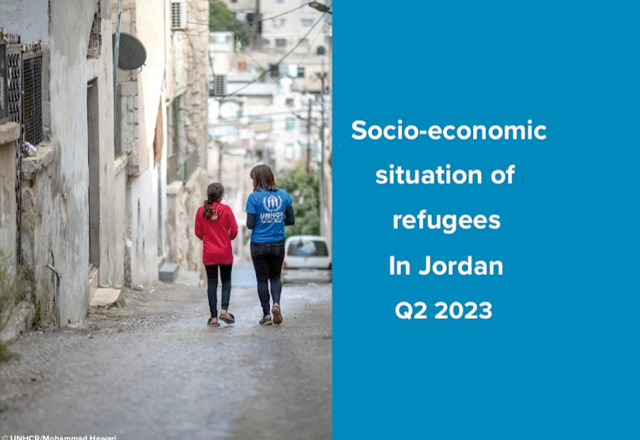You are here
Q1 2023 saw decrease in Syrian refugee household income
By Mays Ibrahim Mustafa - Jul 08,2023 - Last updated at Jul 08,2023

AMMAN — Syrian refugee households in Jordan reported a decrease in their average monthly income in the first quarter (Q1) of 2023, according to UNHCR, the UN Refugee Agency.
In a recent report, titled “Socio-economic situation of refugees in Jordan Q1 2023”, UNHCR showed that the income of Syrian refugee household in host communities totalled JD257 in Q1 2023, marking a 12 per cent decrease compared to the fourth quarter (Q4) of 2022.
The report also stated that the proportion of work income for Syrian households increased by 8 per cent during the first three months of 2023, from JD204 to JD220.
In Q1 2023, refugee households’ average monthly income decreased by 8 per cent in Azraq and 3 per cent in Zaatari camp compared with Q4 2022, the report added.
UNHCR attributed the decrease in average income due to the fact that Syrian refugees in camps and host communities received winter assistance in Q4 2022.
The report also pointed out that assistance from the World Food Programme (WFP) accounted for 49 per cent of households’ income in camps.
“Work was the second source of income for households, with an average monthly income from work of JD184 in Azraq and JD172 in Zaatari, recording a marginal decrease compared to the previous quarter,” the report stated.
The report showed that the overall employment rate in Q1 2023 in host communities was 78 per cent among Jordanians, 68 per cent among Syrian refugees and 62 per cent among non-Syrian refugees.
The report added that “the employment rate among adult refugees [during the same period] remained stable at 22 per cent in Zaatari, and slightly decreased to 19 per cent in Azraq camp”.
Moreover, UNHCR reported that 89 per cent of households in Azraq, 86 per cent of households in Zaatari camp and 93 per cent of Syrian households in host communities were in debt during Q1 2023.
The report stated that the average spending in Syrian households in host communities during Q1 2023 totalled JD289 per month, “slightly less than what they spent during Q4 2022, but more than earned during this quarter”.
The expenditures of households in camps also exceeded their income, marking 15 per cent in Azraq and a 5 per cent increase in Zaatari in Q1 2023, it added.
The report also marked an overall increase in the number of Syrian households adopting negative food-based coping strategies in Q1 2023, in both camps and host communities, including relying on less preferred or less expensive food.
Speaking with The Jordan Times, Director of the Phenix Centre for Economics and Informatics Studies (PCEIS) Ahmad Awad noted that the emergence of new global crises over the past two years has affected the availability of humanitarian funding, leading to receding support for refugee host countries.
“The international community needs to commit to shouldering its responsibilities in order to enable Jordan to respond to the needs of Syrian refugees on the long term in a manner that ensures their access to basic rights and their enjoyment of decent living standards,” he said.
Awad stressed the need to adopt a “developmental and enabling” approach to the Syrian refugee crisis in order to relieve the Kingdom from associated pressures on its economy and basic services, including water, education and healthcare.
Economist Husam Ayesh said that recent years have seen a decrease in international commitment to supporting Jordan’s response plan to the Syrian refugee crisis. The plan’s 2023 funding needs amount to $2.276 billion.
Last year, the volume of funding for the response plan reached 33.4 per cent, or $760.3 million out of $2.28 billion, with a $1.51 billion deficit, he told The Jordan Times.
This has placed additional pressures on Jordan’s infrastructure and resources, in addition to putting pressure on refugees’ living standards, he added.
Ayesh suggested the adoption of an employment-oriented national response to the refugee crisis, characterised by increased access to skills and vocational training opportunities for both Jordanians and Syrians.
Related Articles
AMMAN — The Jordan funding update issued by UNHCR, the UN Refugee Agency, shows that it has only obtained 15 per cent of its $390.1 million
AMMAN — Ninety-three per cent of Syrian and 88 per cent of non-Syrian households in host communities are in debt, while over eight out of 10














